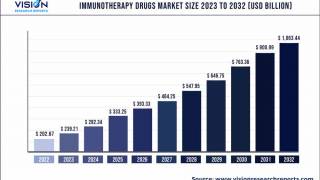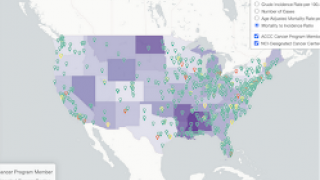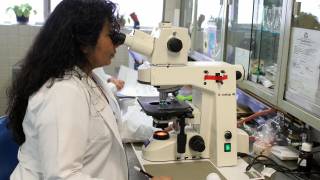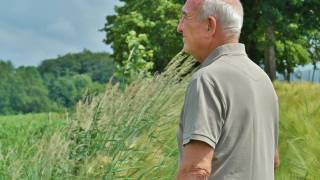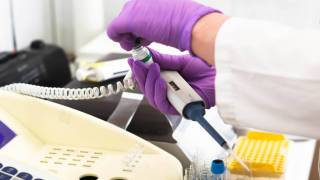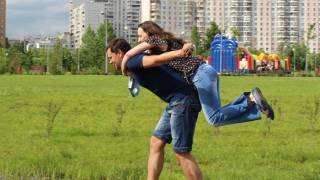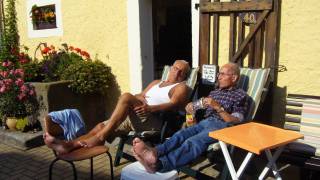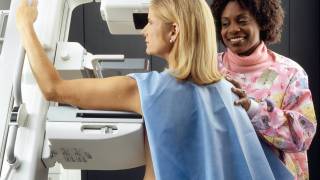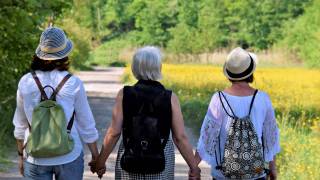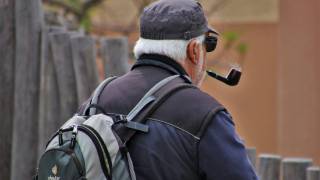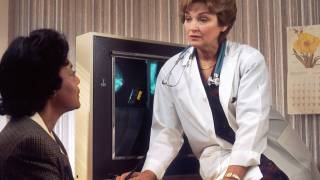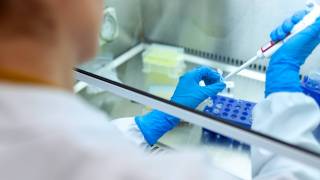Which HPV Vaccination Schedule is Best: 1, 2 or 3 Doses?

A new cervical cancer prevention study of women first offered Human Papillomavirus (HPV) vaccine found that 1-dose of quadrivalent HPV vaccine was as effective as 3-doses at preventing histologically confirmed, high–grade cervical lesions.
This Australian study’s finding published online on July 15, 2019, supports the hypothesis that the 1-dose HPV vaccination schedule may be a viable strategy when working towards the global elimination of cervical cancer.
These researchers said ‘If one dose could prevent precancerous cervical lesions, then global cervical cancer prevention would be greatly facilitated.’
This is an important goal since about 90 percent of cervical cancer cases are caused by HPV.
Furthermore, ‘herd protection could not explain our finding of equivalent one and 2-dose effectiveness as three unless herd protection impacted 1 and 2-dose recipients to a greater extent than unvaccinated and 3-dose recipients.’
This study included 250,648 women in Australia with 19.5 percent unvaccinated, 69.8 percent had received 3-doses, 7.3 percent 2-doses, and 3.4 percent just 1-dose of the HPV vaccine.
This study’s limitations include some degree of under–linkage and inaccurate data linkage because Australia does not have a unique national identifier, which impacts the classifications of vaccinated women as unvaccinated.
Additionally, these researchers said ‘we believe that these data support decision-makers to consider how a 1-dose HPV vaccination schedule, or a planned schedule with a 3–5 year interval between doses, could reduce vaccine demand globally, which currently exceeds vaccine supply.’
But the Gardasil 9 vaccine manufacturer appears to be resolving this supply/demand imbalance.
During July 2019, Merck said it is spending $1.68 billion, opening 2 new Gardasil production plants, and adding 525 related jobs.
To clarify the Gardasil 9 vaccine dosing schedule, the Centers for Disease Control and Prevention (CDC) publish the following information:
- Who should still receive a 3-dose schedule?
- The CDC continues to recommend a 3-dose schedule for persons starting the HPV vaccination series on or after the 15th birthday, and for persons with certain immunocompromising conditions. The 2nd vaccine dose should be given 1–2 months after the 1st dose, and the 3rd dose, should be given 6 months after the first dose.
- Who should receive just 2-doses?
- Two doses of the HPV vaccine are recommended for all boys and girls at ages 11-12; the vaccine can be given as early as age 9. If you wait until they’re older, they may need three doses instead of two.
In the USA, HPV vaccines have been licensed for use among women since 2006 and among men since 2010.
HPV infections are so common that nearly all men and women will get at least one type of HPV at some point in their lives. Nearly 80 million Americans are currently infected with some type of HPV, says the CDC.
About 14 million Americans, including teens, become infected each year.
HPV is spread through intimate skin-to-skin contact. You can get HPV by having vaginal, anal, or oral sex with someone who has the virus.
Cervical cancer is the only type of HPV cancer with a recommended screening test. The other types of HPV cancer may not be detected until they cause health problems.
HPV vaccination helps prevent these cancers by preventing infections that cause these cancers, says the CDC.
HPV vaccines, like any medicine, can cause side effects, which you are encouraged to report to the CDC or a healthcare provider.
Financial support programs for cancer vaccines can be found at Vaccine Discounts.
Our Trust Standards: Medical Advisory Committee





